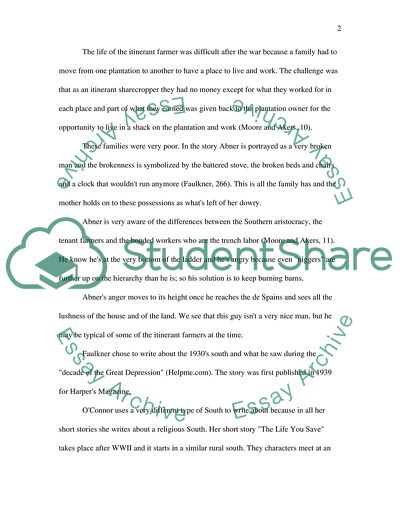Cite this document
(“The South as Depicted in the Short Stories Barn Burning and The Life Essay”, n.d.)
The South as Depicted in the Short Stories Barn Burning and The Life Essay. Retrieved from https://studentshare.org/literature/1713461-major-essay
The South as Depicted in the Short Stories Barn Burning and The Life Essay. Retrieved from https://studentshare.org/literature/1713461-major-essay
(The South As Depicted in the Short Stories Barn Burning and The Life Essay)
The South As Depicted in the Short Stories Barn Burning and The Life Essay. https://studentshare.org/literature/1713461-major-essay.
The South As Depicted in the Short Stories Barn Burning and The Life Essay. https://studentshare.org/literature/1713461-major-essay.
“The South As Depicted in the Short Stories Barn Burning and The Life Essay”, n.d. https://studentshare.org/literature/1713461-major-essay.


